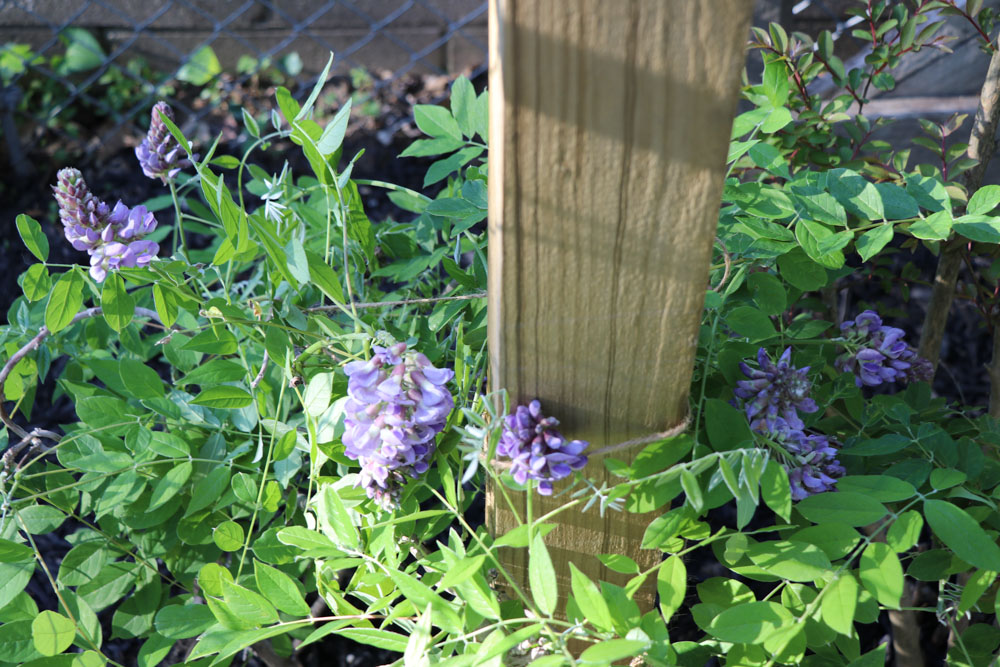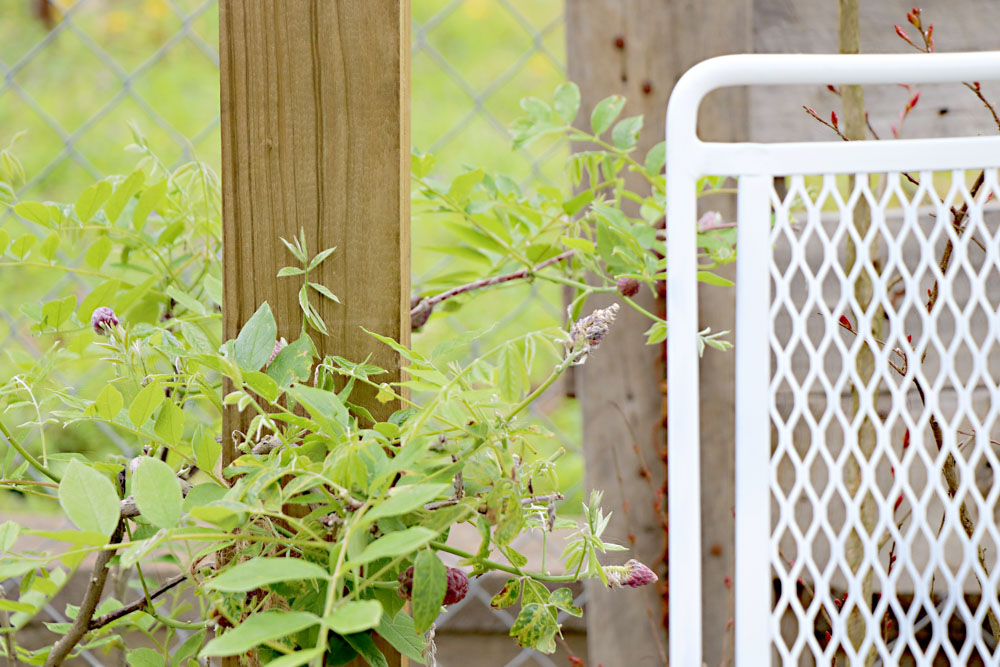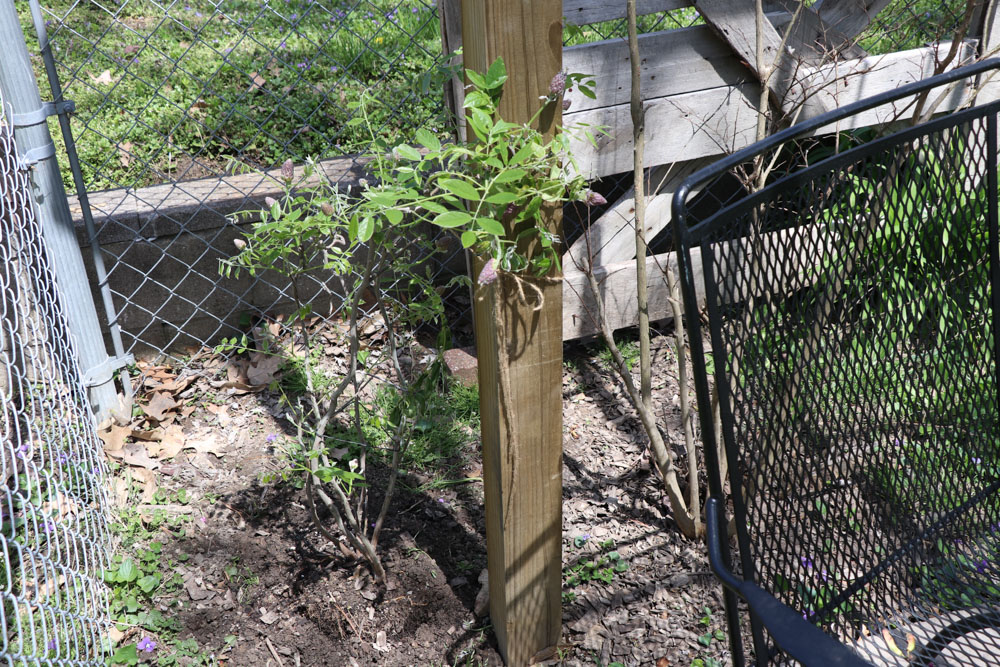My Corner Online
Wisteria frutescens | American Wisteria 'Amethyst Falls'
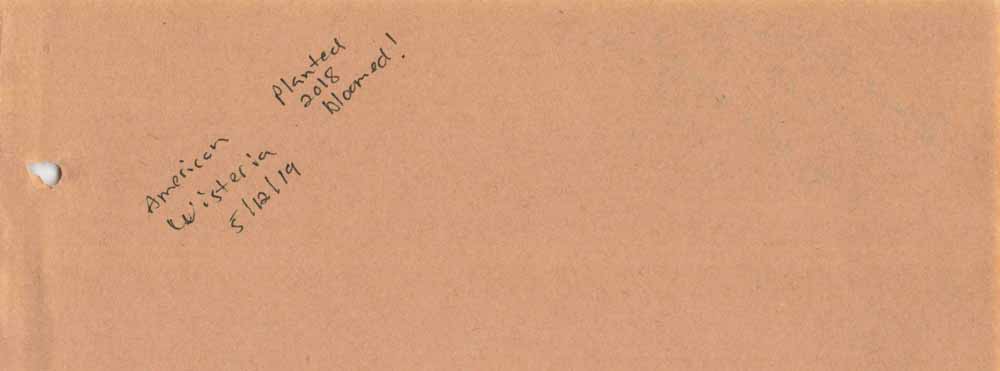
First bloom dates:
2019 May 12
2022 April 12
2024 died after roots cut
Wisteria frutescens | American Wisteria 'Amethyst Falls'
Fabaceae (Leguminosae) (Legume Family) Pronounced Fuh-bay-see-eye
Luh-gyoo-muh-now-see is an older name but is still valid, so the names are synonymous.
Pronounced wis-TEER-ee-ah Froo-TES-enz
The word "Wisteria" was named by Thomas Nuttall in 1818 in memory of an American physician and anatomist Casper Wister (1761-1818) who died the same year.
The word "frutescens" is Latin for "shrubby" or "bushy" or woody.
I had two Wisteria plants that bloomed, although I had some others that were inexpensive from the farm store that we ended up deciding not to keep because they were the wrong kind (invasive Chinese) and one good (American) one was enough on the pergola. In 2024, we sadly lost our American Wisteria 'Amethyst Falls.' We were digging a trench to redirect the flow of flood waters when it rained and hubby took out a huge root. I was there when he took out that root and decided it would probably be okay. The Wisteria survived! It was getting ready to bloom having buds everywhere when hubby was digging up a Hosta that as in the way of our new drainage pipe we were going to soon be digging, when he of his own accord took out another huge root of the Wisteria. Taking out the second root killed it. We worked all those years to have it spread all over the top of the long pergola and now it was a dead mess everywhere and had to be cut down. We left the main stalk for now as it was fabulous how it twisted around the pole. We wonder if it will somehow come to life again.
The other one was on the harbor, but when the neighbor's tree fell on our tree next to the harbor, and we had to remove our tree, the harbor looked odd standing out there by itself, so we eventually removed the harbor which meant we had to remove the Wisteria too. If I remember correctly, the harbor Wisteria was from the Ste. Genevieve native plant sale, although I never was sure what species it was or whether it was really native. I kept it because I was hopeful that they would not have sold me a bad variety. It was SO small when we first planted it and it took many years before it bloomed or was even tall enough to reach the top of the harbor.
The ones we took out after a year, when I began to learn about Wisteria, were Wisteria sinensis, the Chinese species. These can be very bad news as they are vigorous growers. They should not be planted near a house or other building because they will grow into the walls and ruin them.
The Japanese species is Wisteria floribunda. Floribunda twines around objects clockwise and the Sinensis twines around objects counterclockwise. How crazy is that!
The Silky Wisteria which is white is the Wisteria brachybotrys.
All parts of the plant are toxic.
The flowers face downward on a raceme and most often have one large outward facing petal on each flower.
After blooming, huge seed pods grow which take one aback the first time they see them.
Wisteria require sunlight to bloom. In the shade they will grow, but not bloom.
Wisteria are a lot of work as they require a lot of pruning. Proper pruning encourages blooms as well.
2024
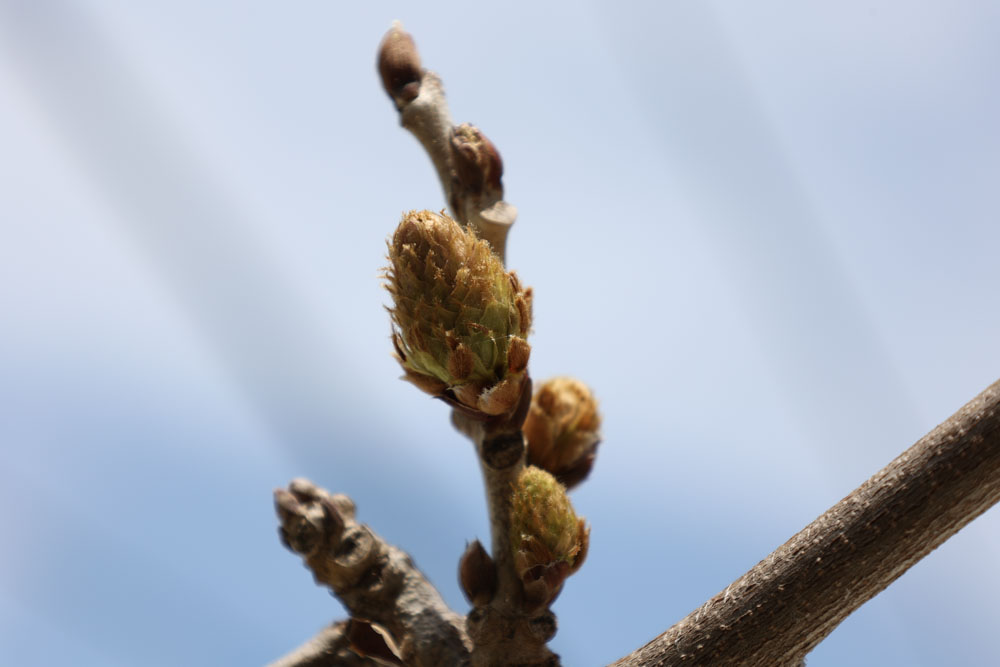
This shows the buds were coming out in 2024, but then it died after the second major root was cut. After all those years to get it to cover the pergola, it had to be cut down! So sad.
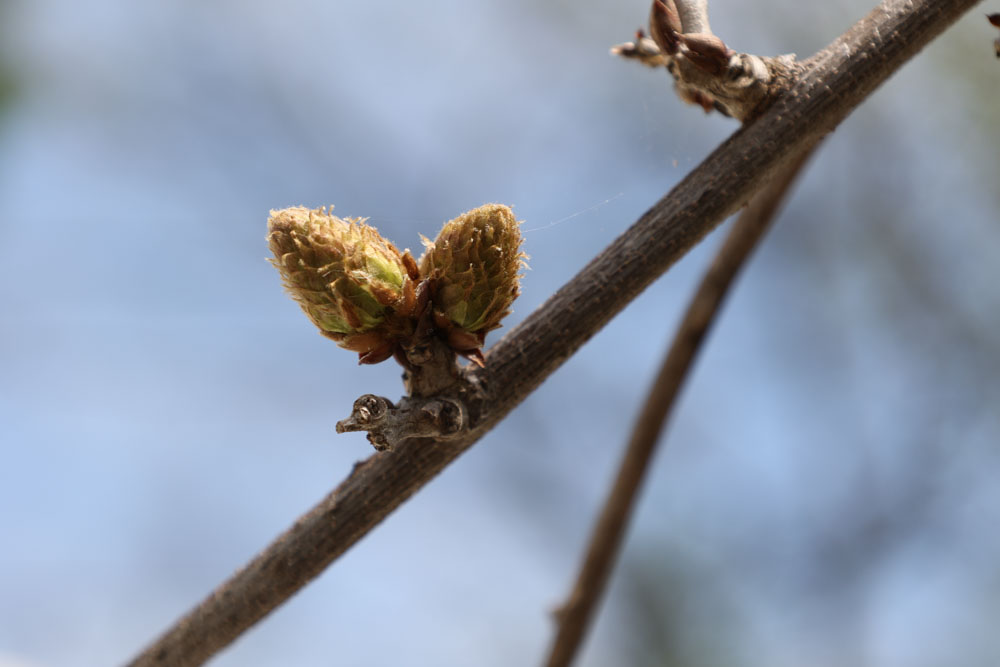
2022
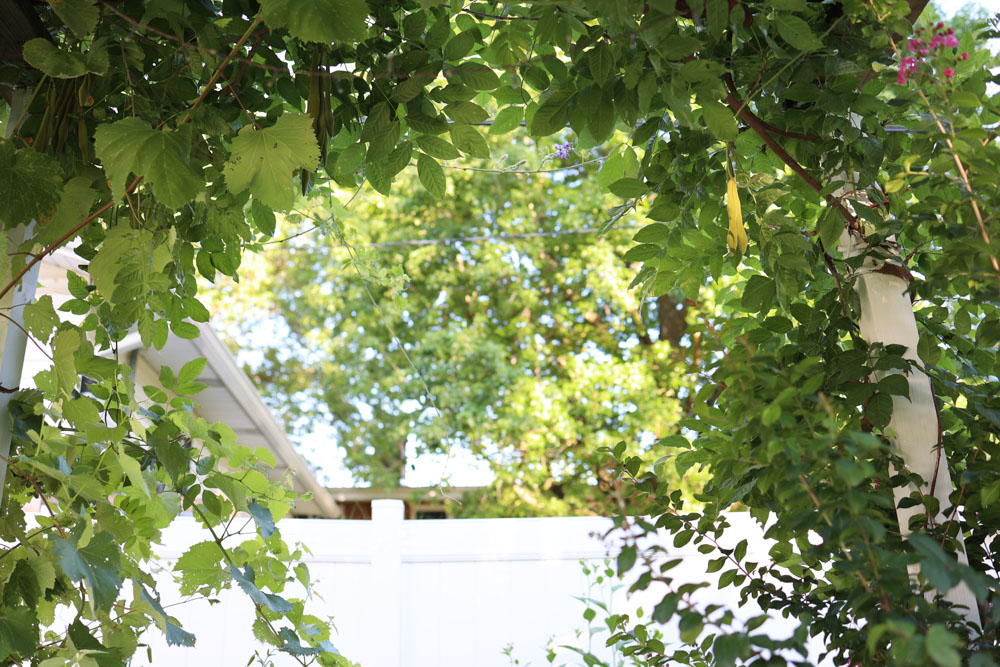
The American Wisteria made the most beautiful arch of flowers over the table and chairs. It was great shade.
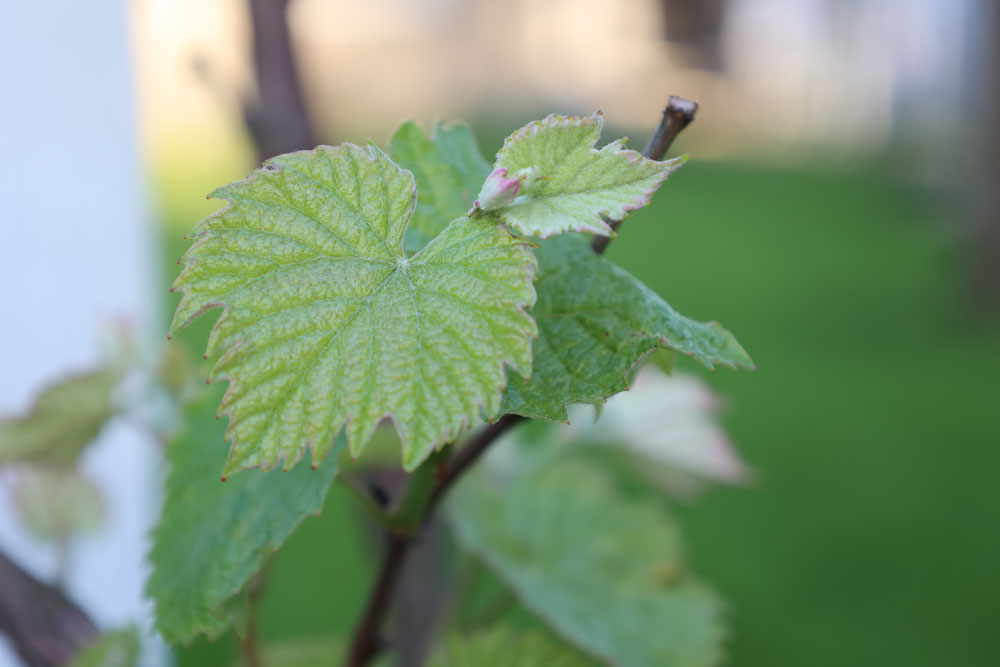
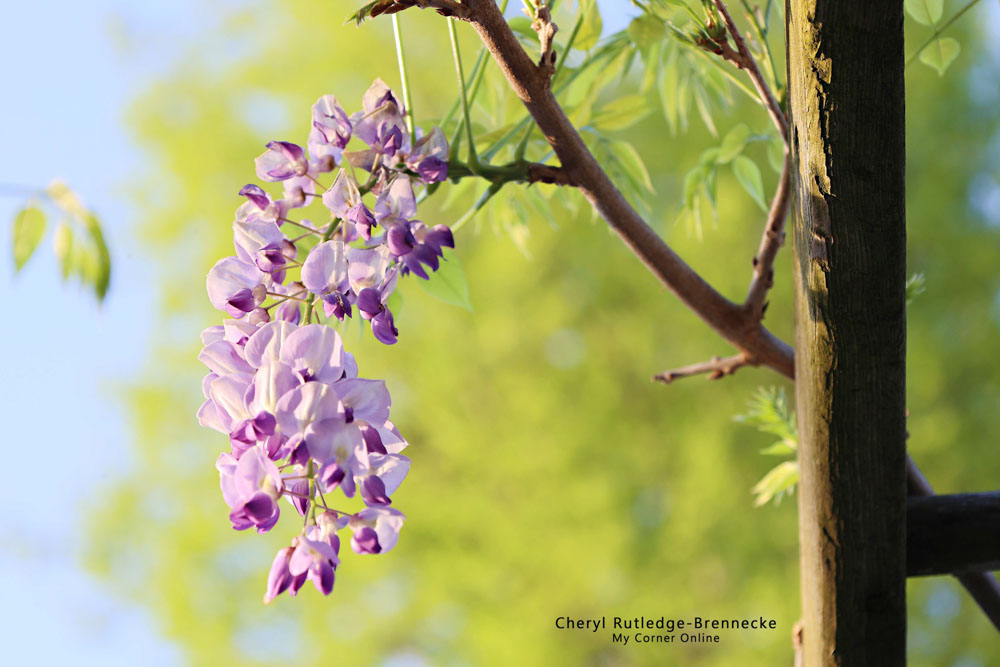
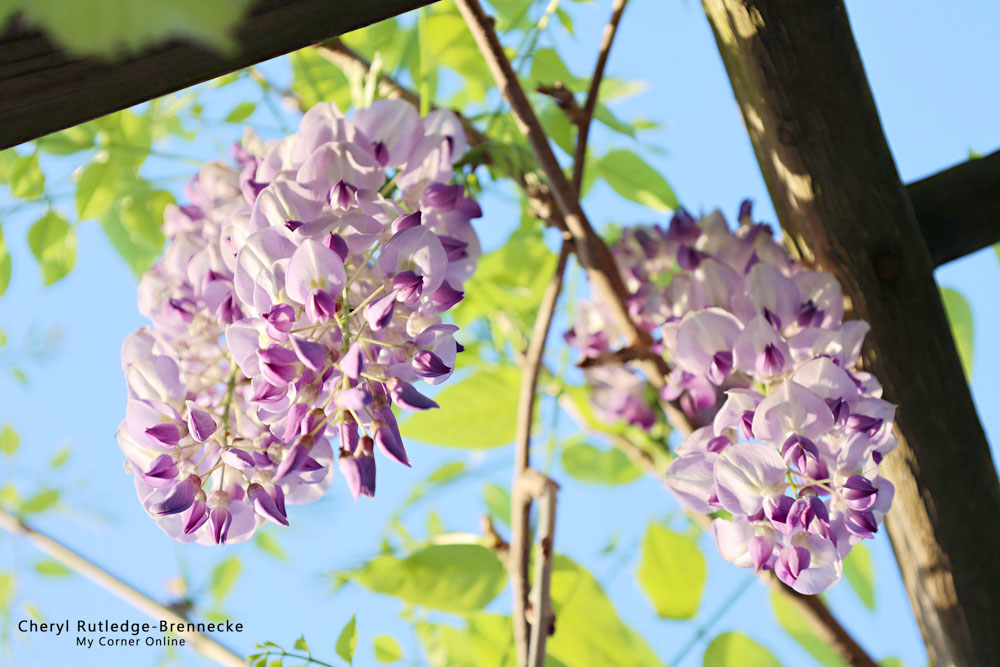
This is the American one blooming at the top of the pergola.
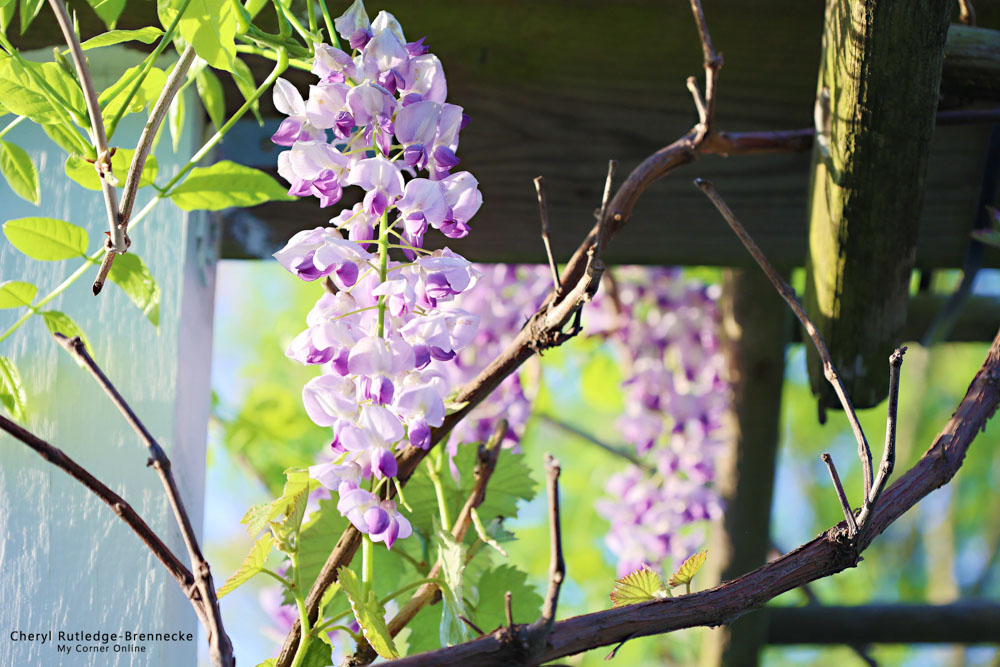
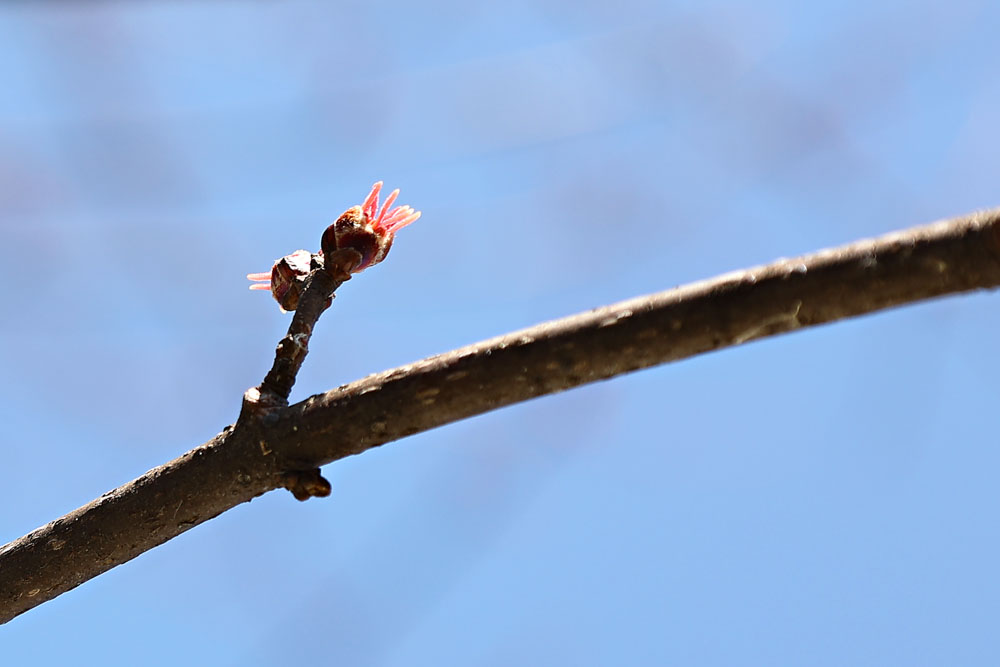
2021

This was the first Wisteria we bought which was from the Ste. Geneviveve plant sale. I never knew the variety. It eventually had to go when the harbor was taken down because the tree was taken out and the harbor did not look right standing alone. One thing always leads to another.
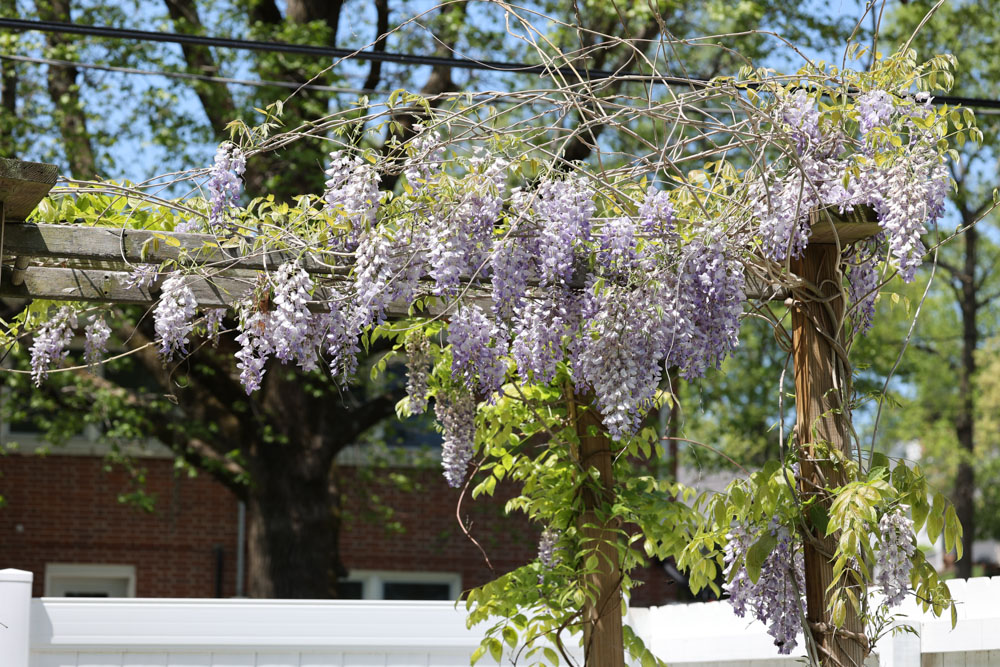
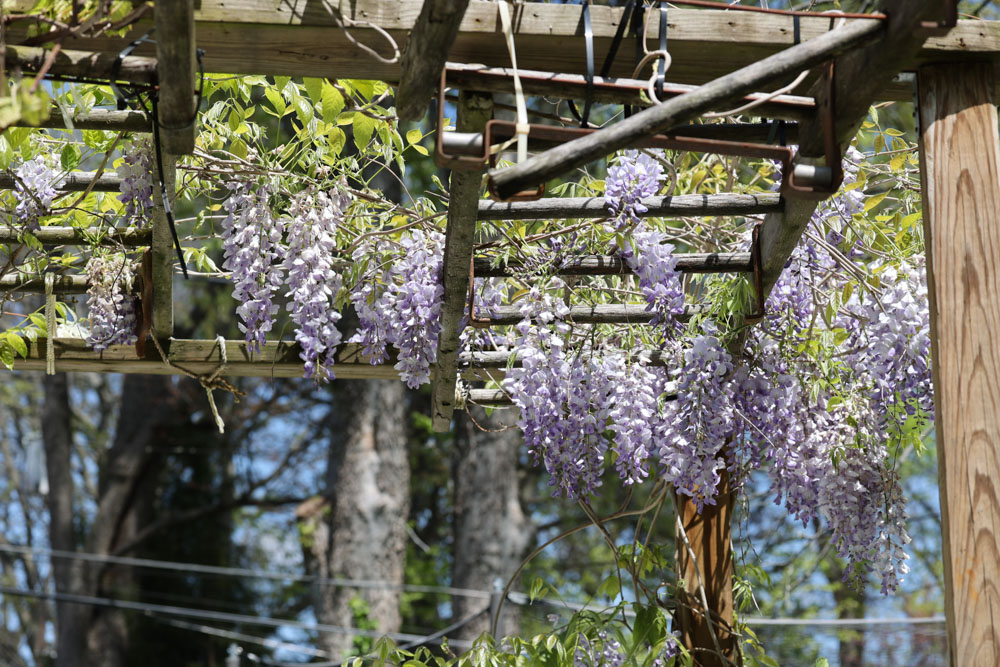
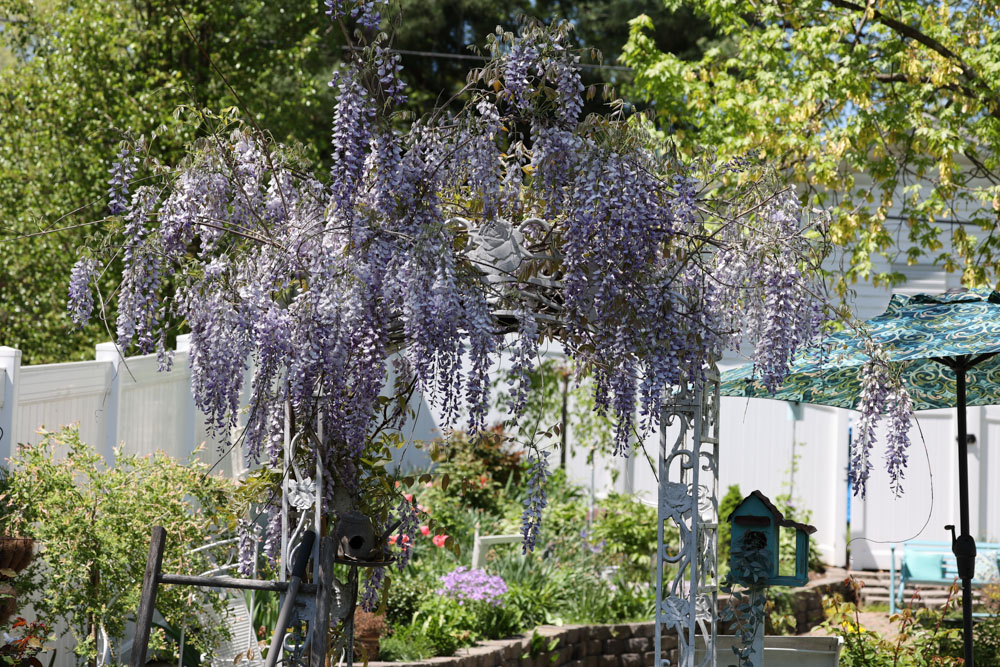
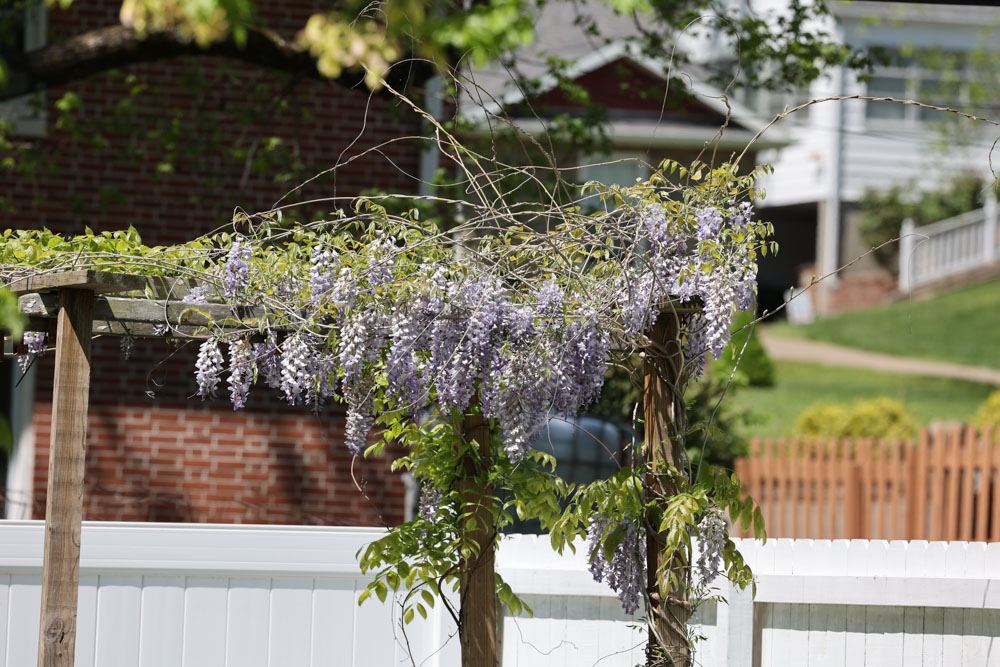
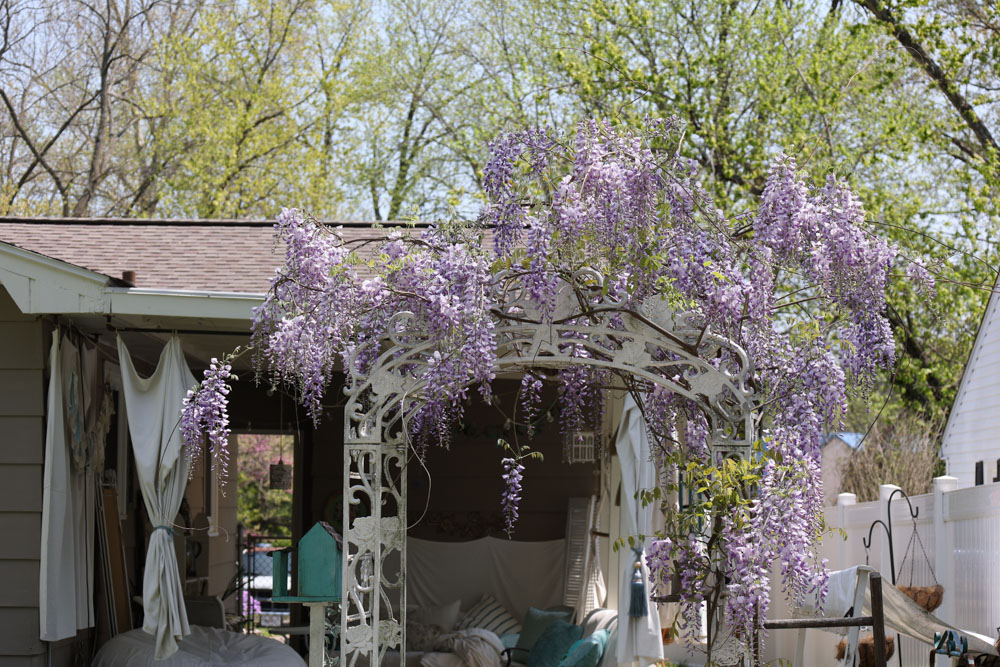
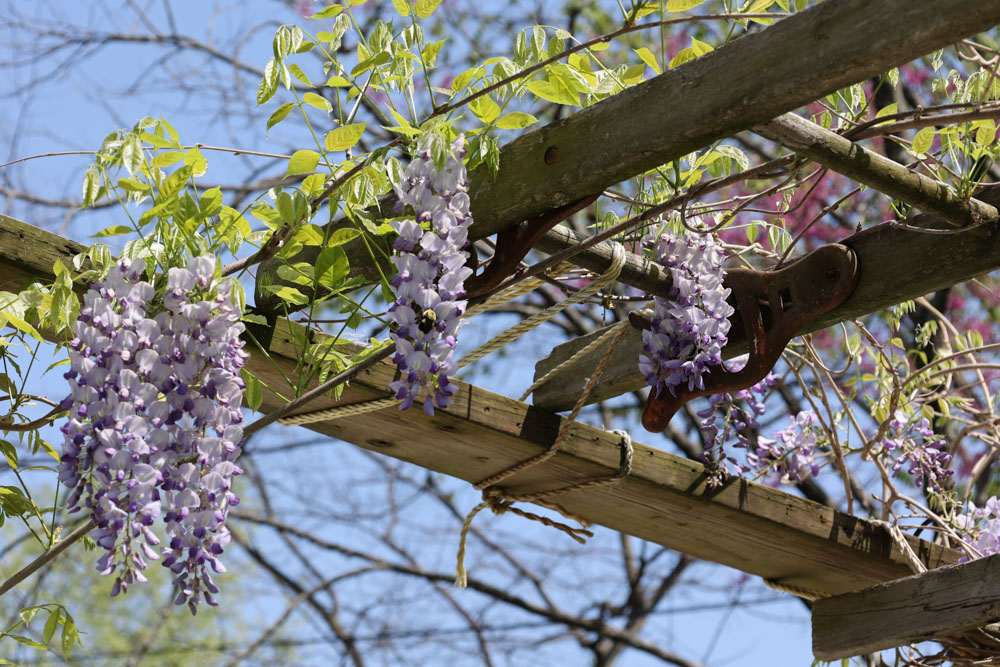
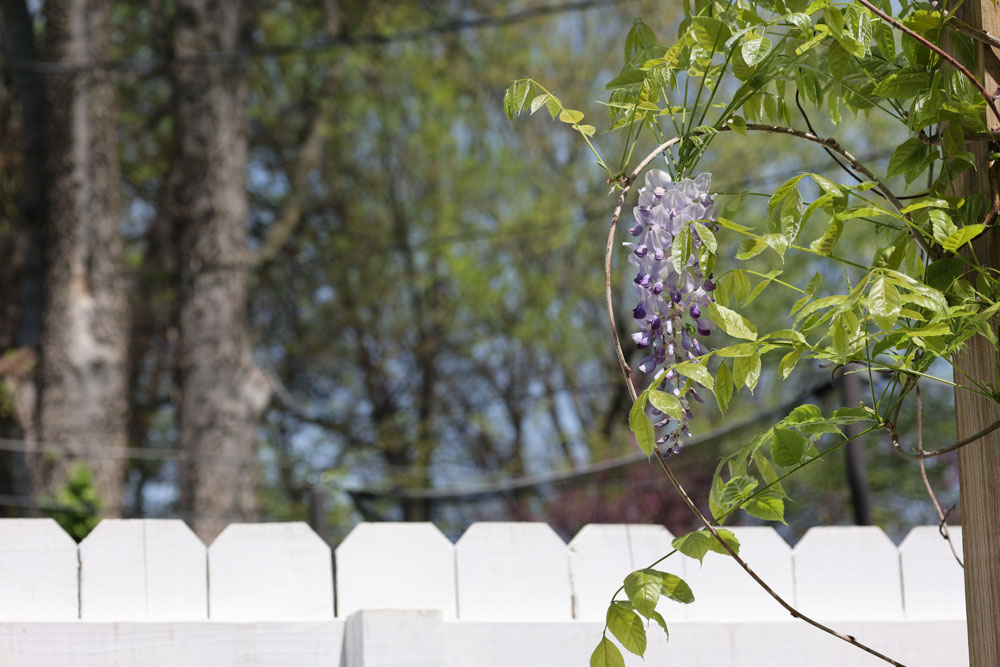
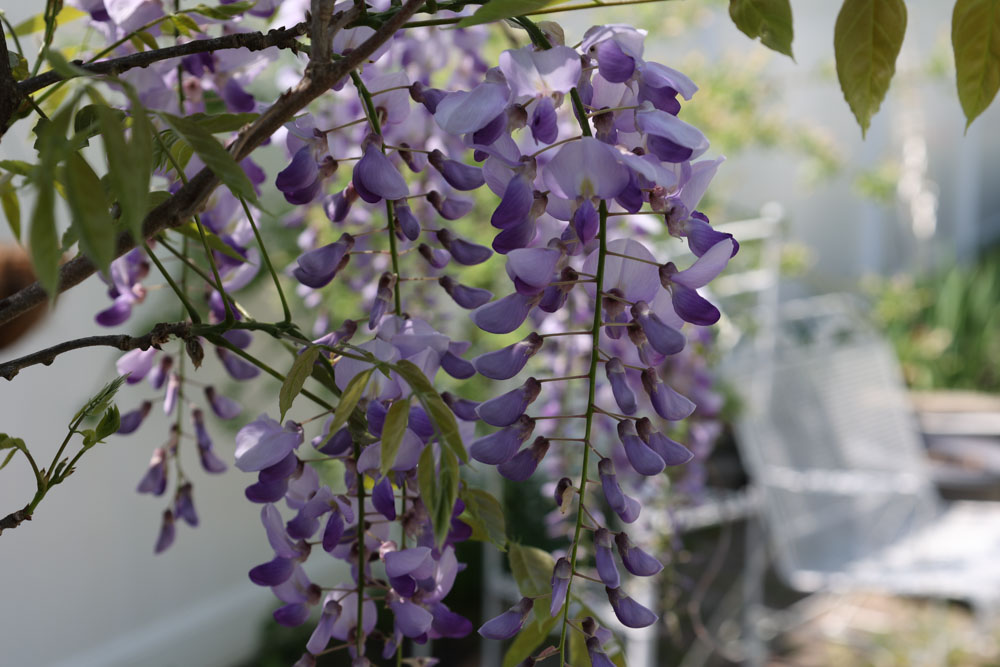

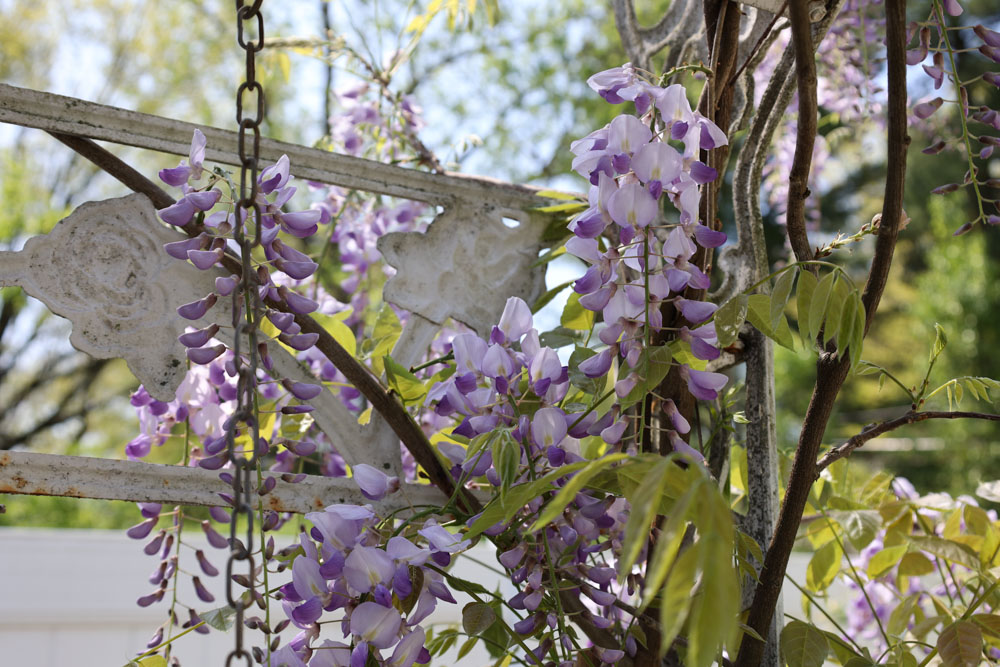
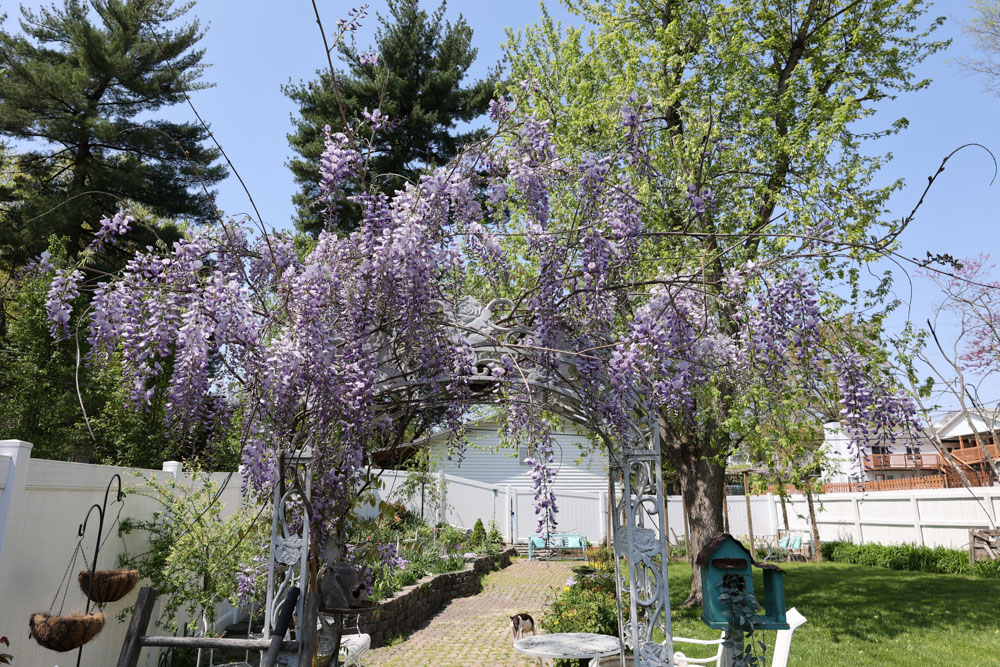
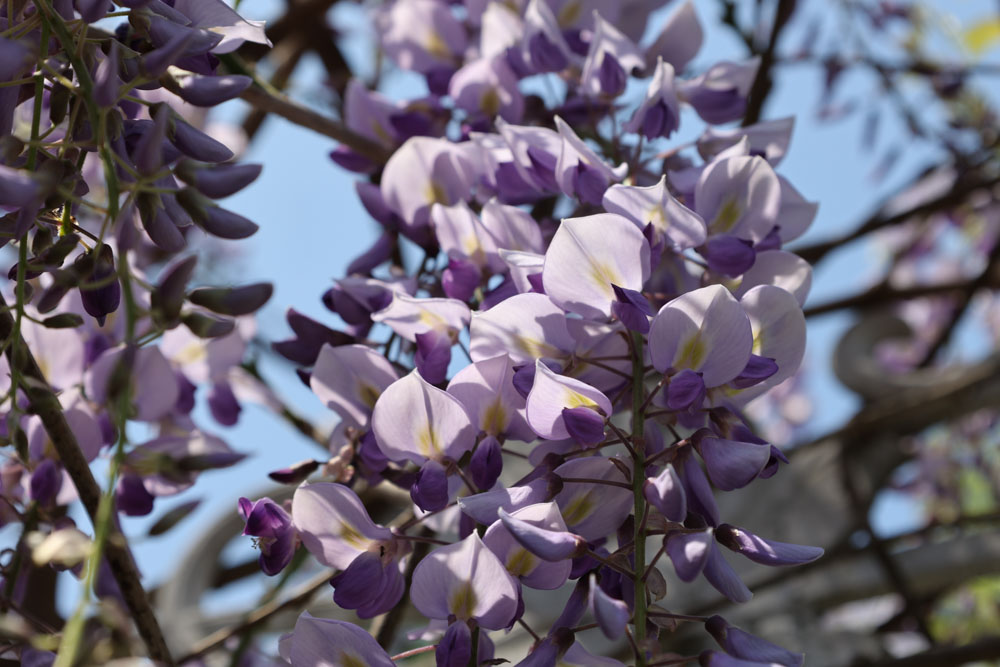
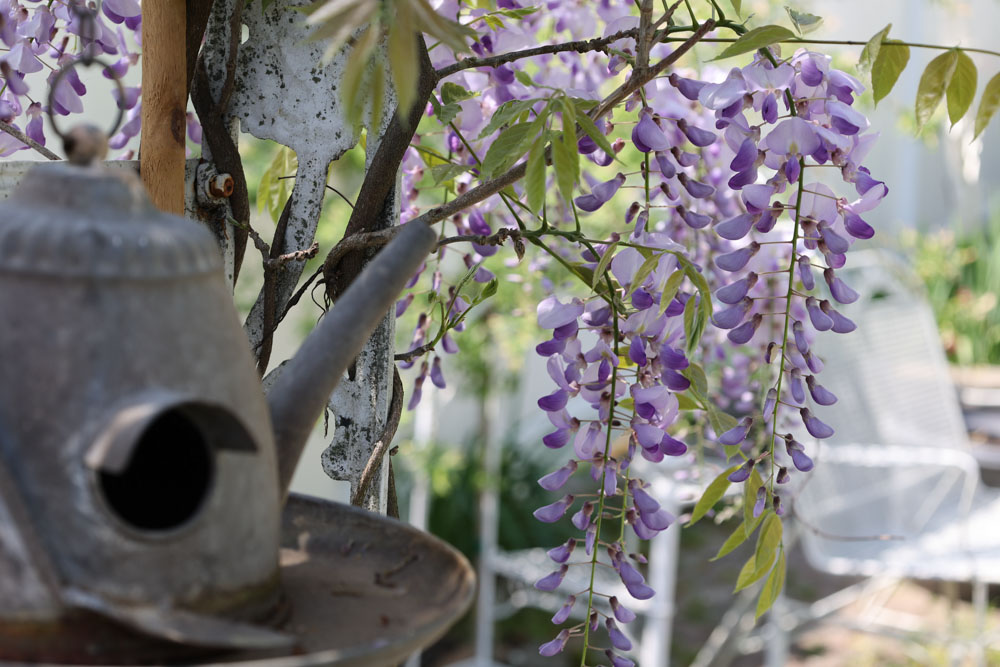
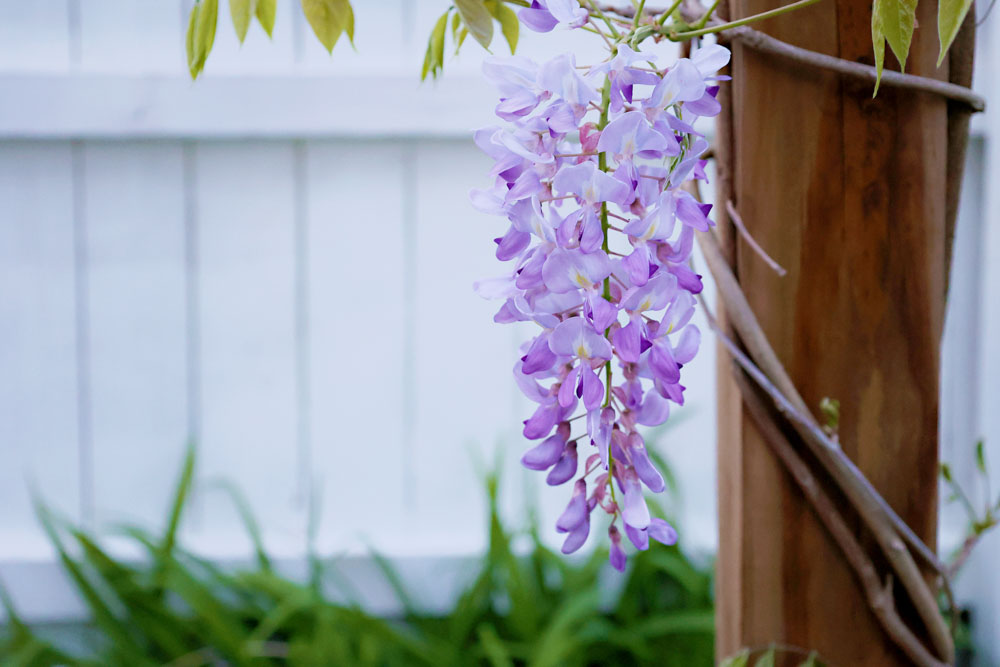
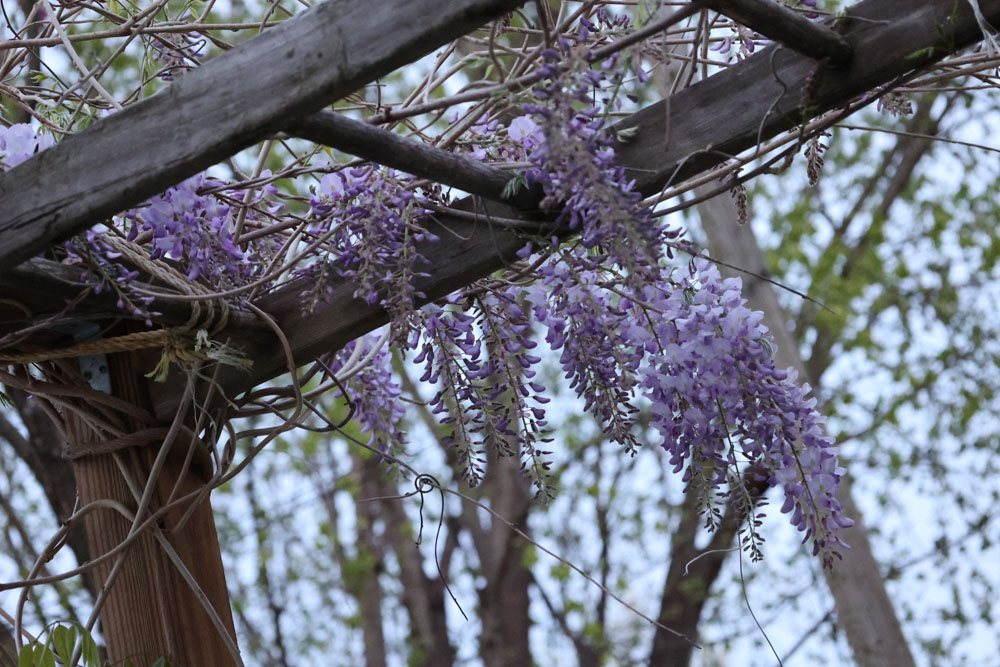
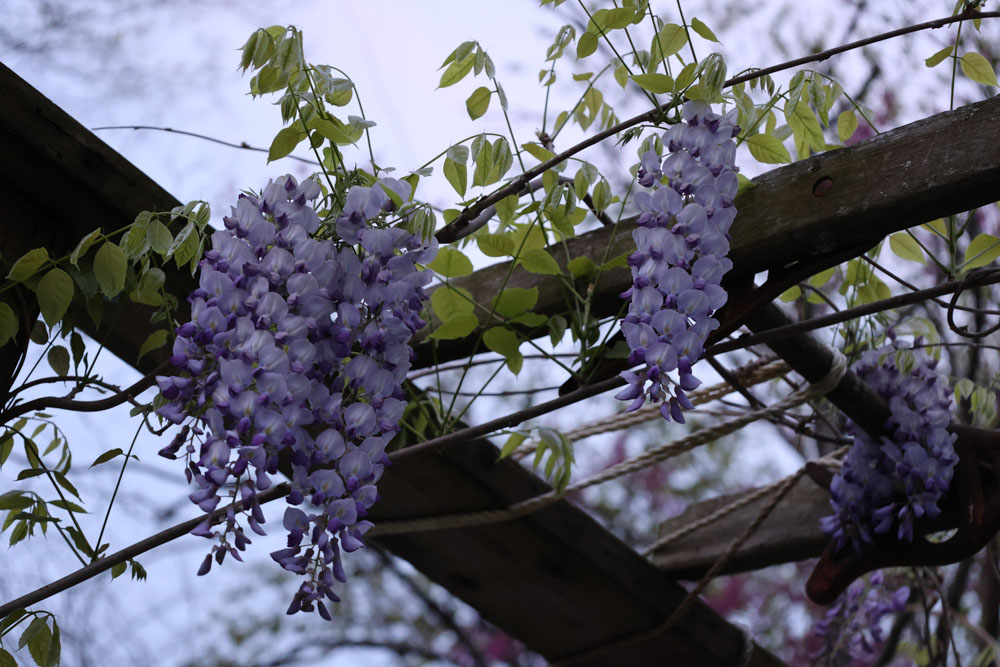
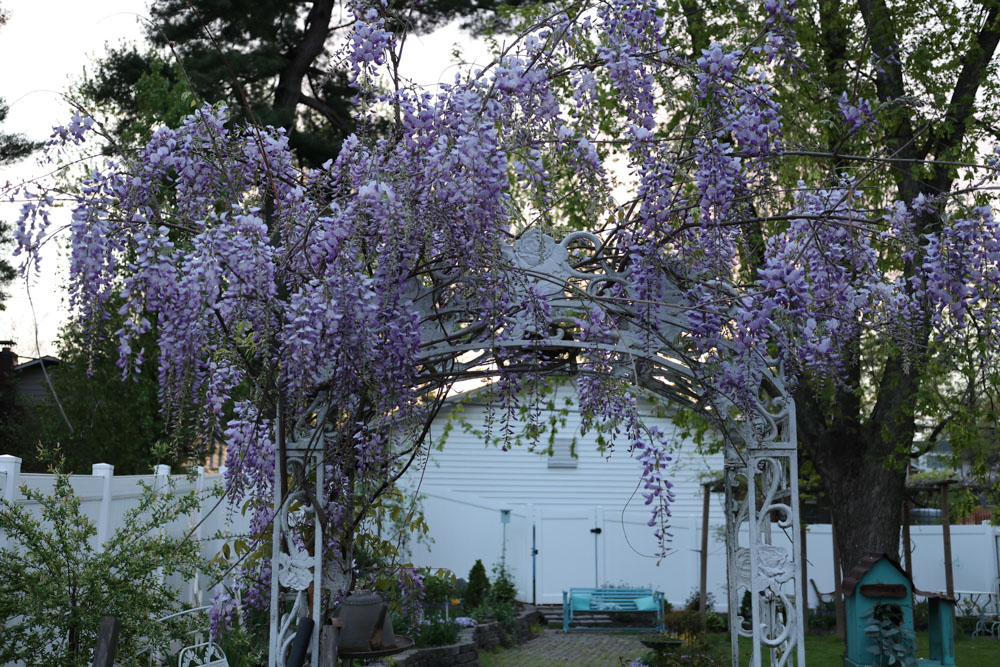
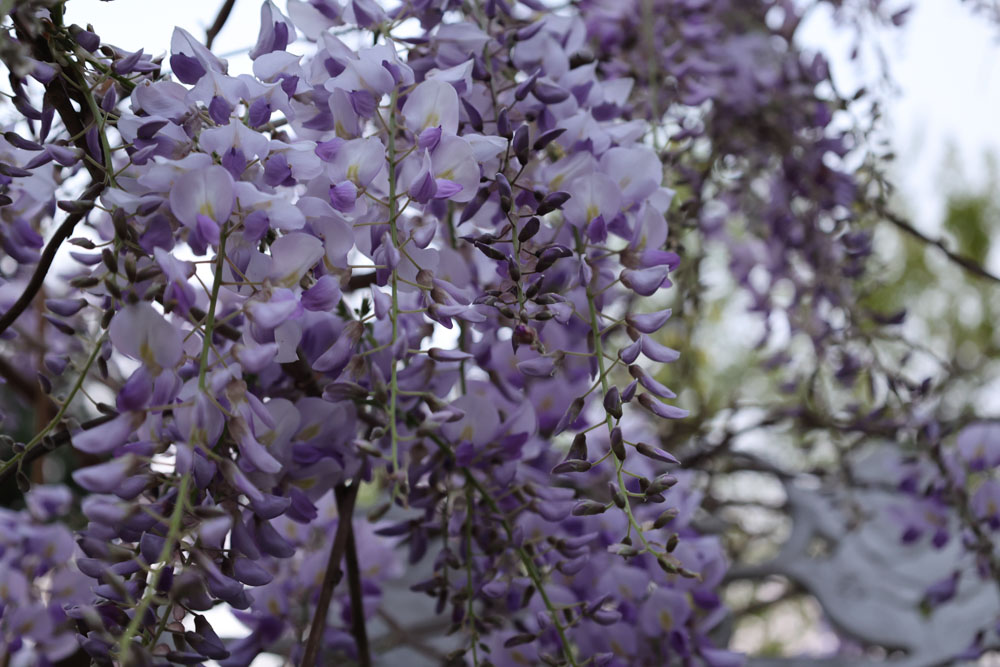
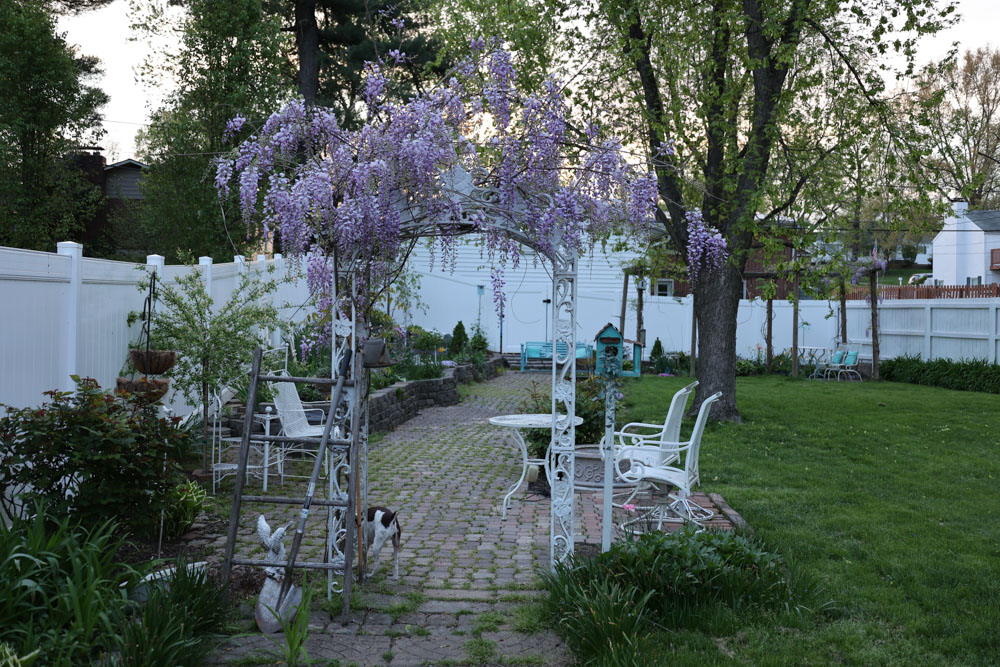
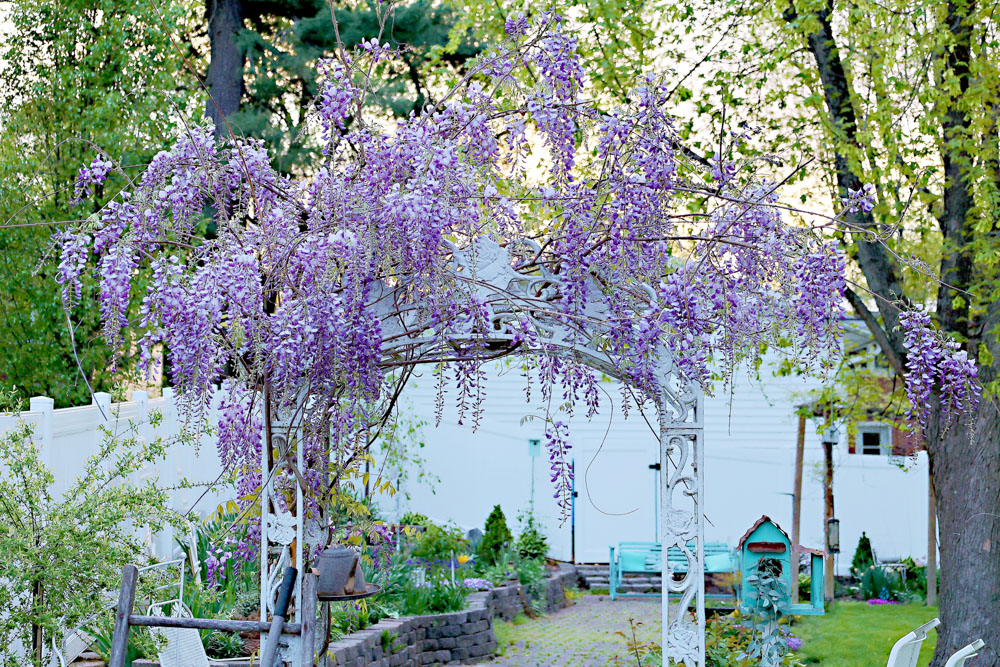
2020
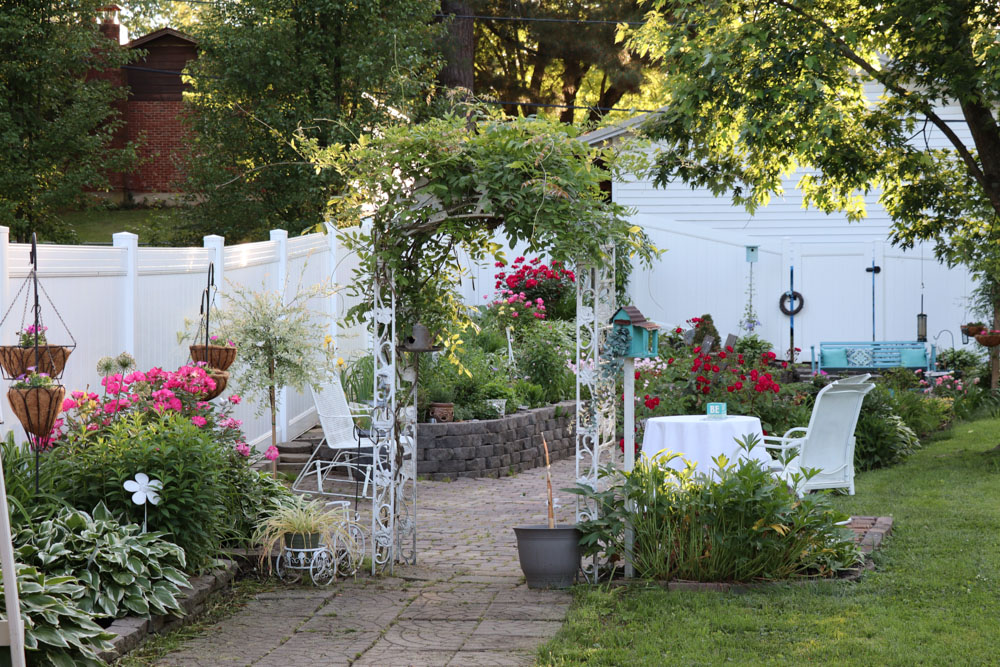
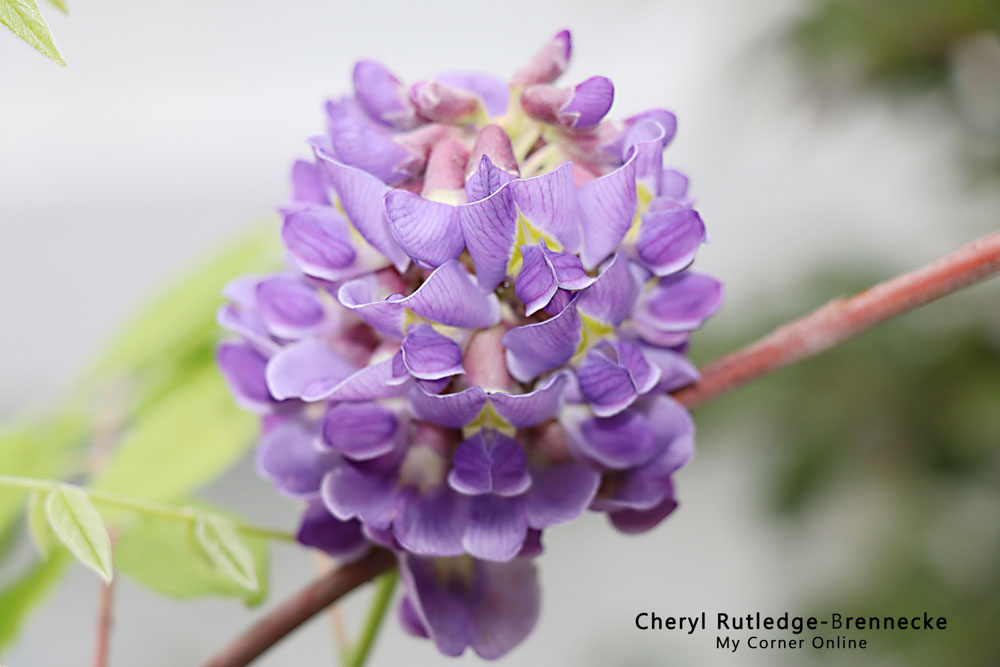
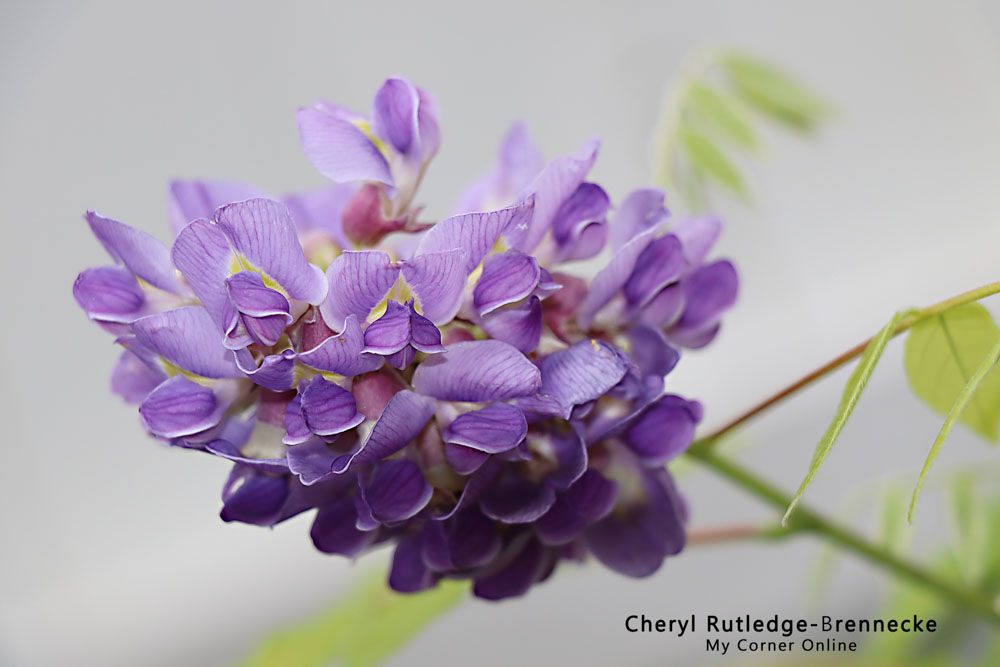
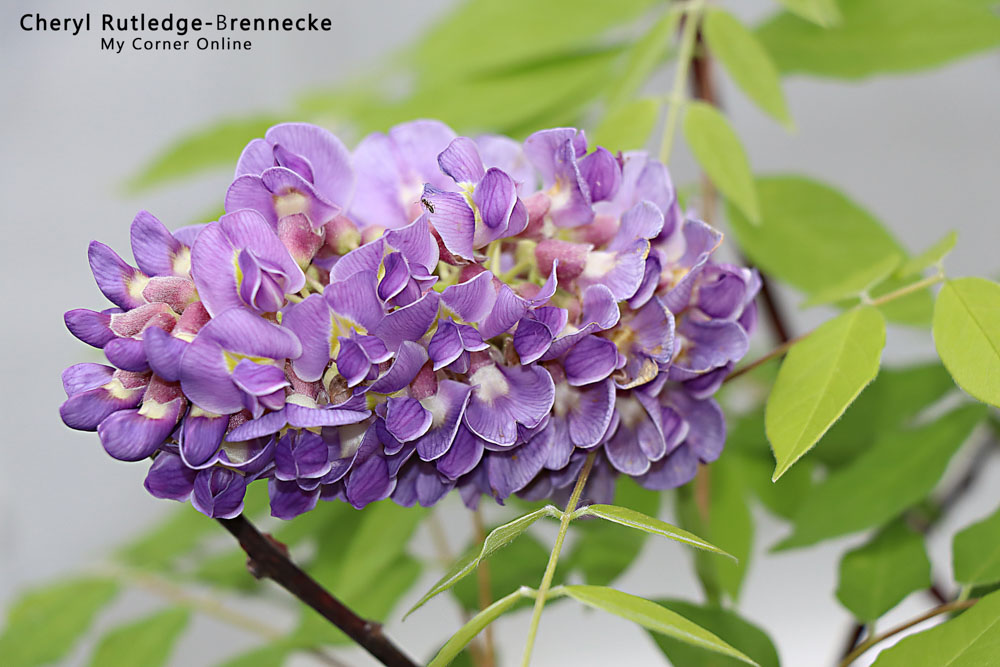
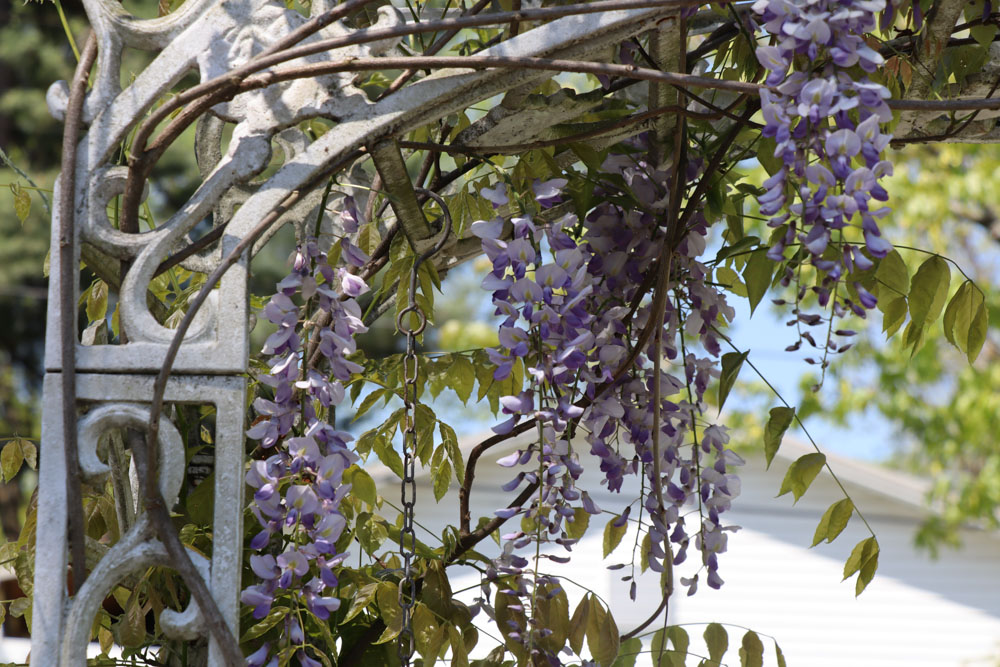

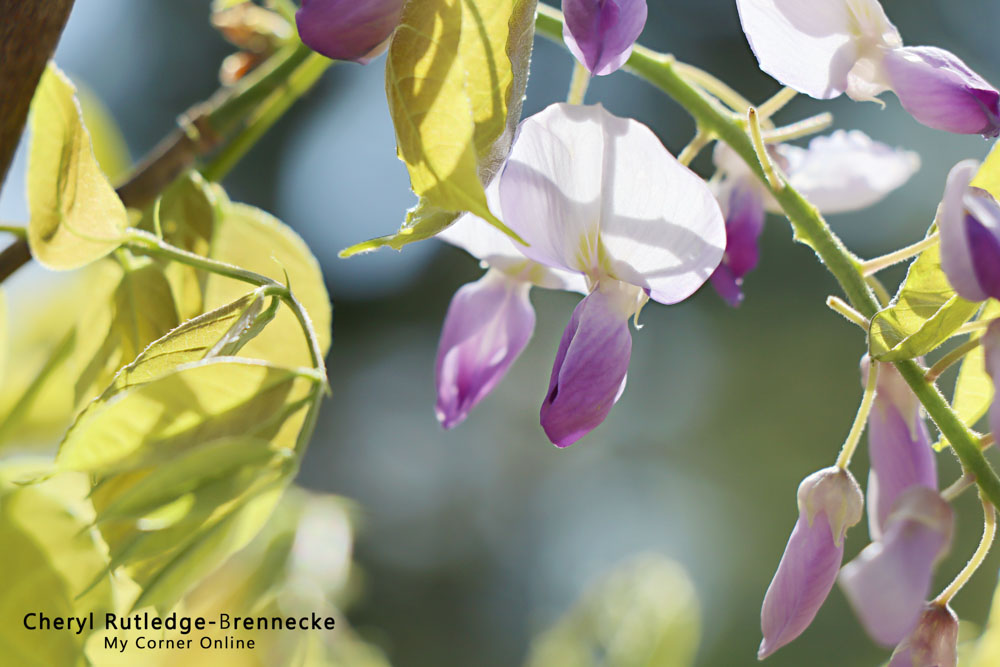
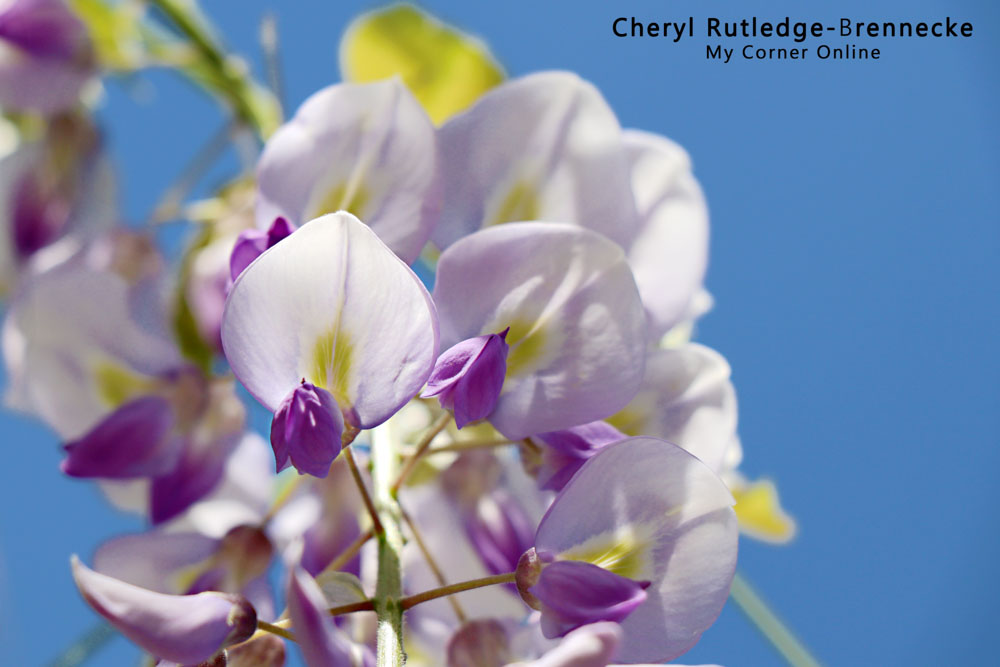
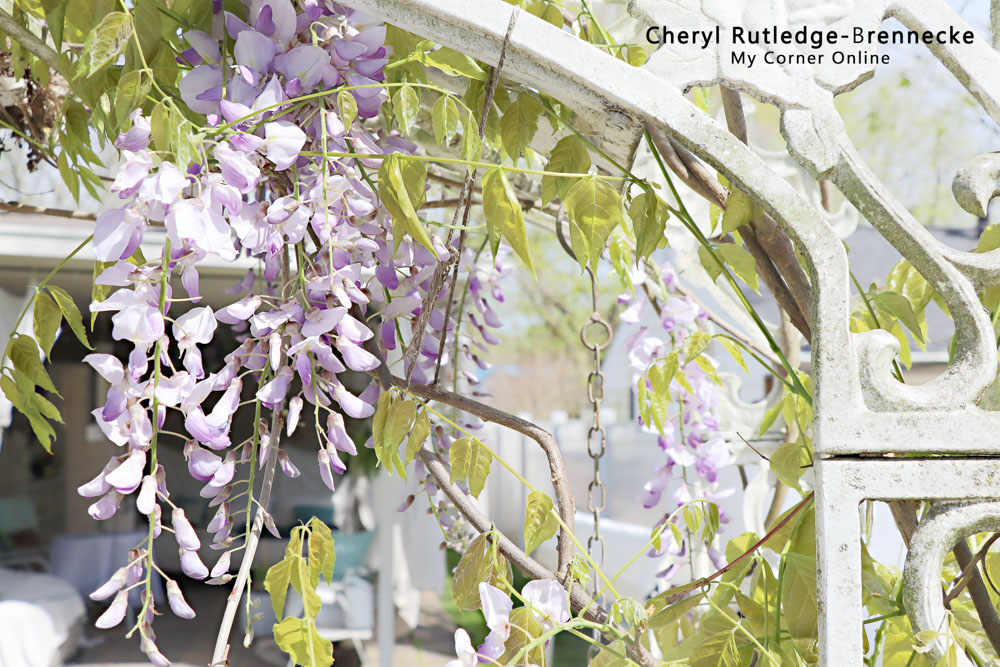
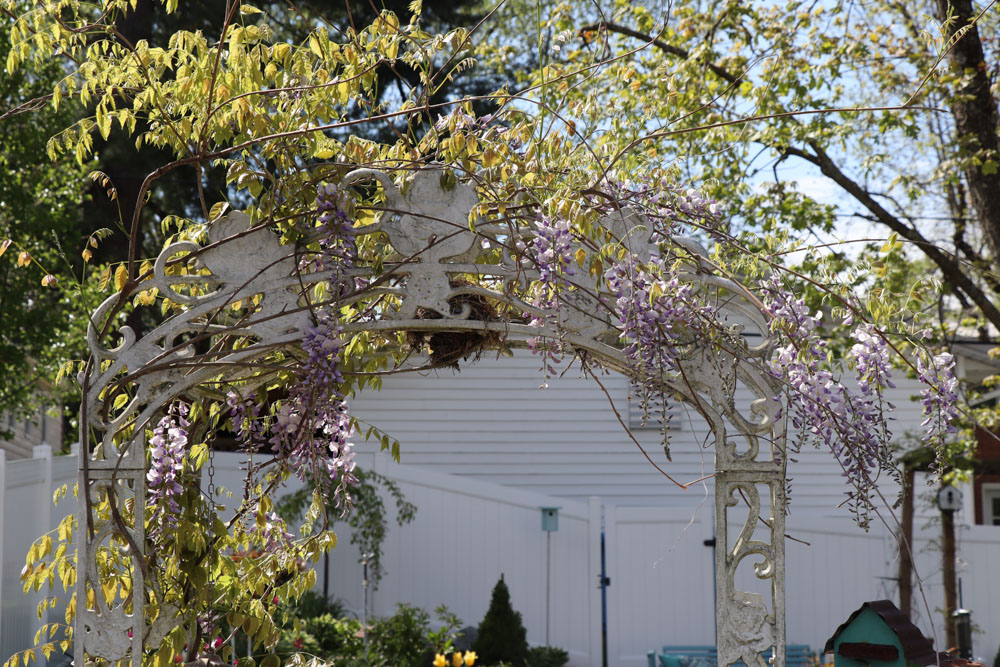
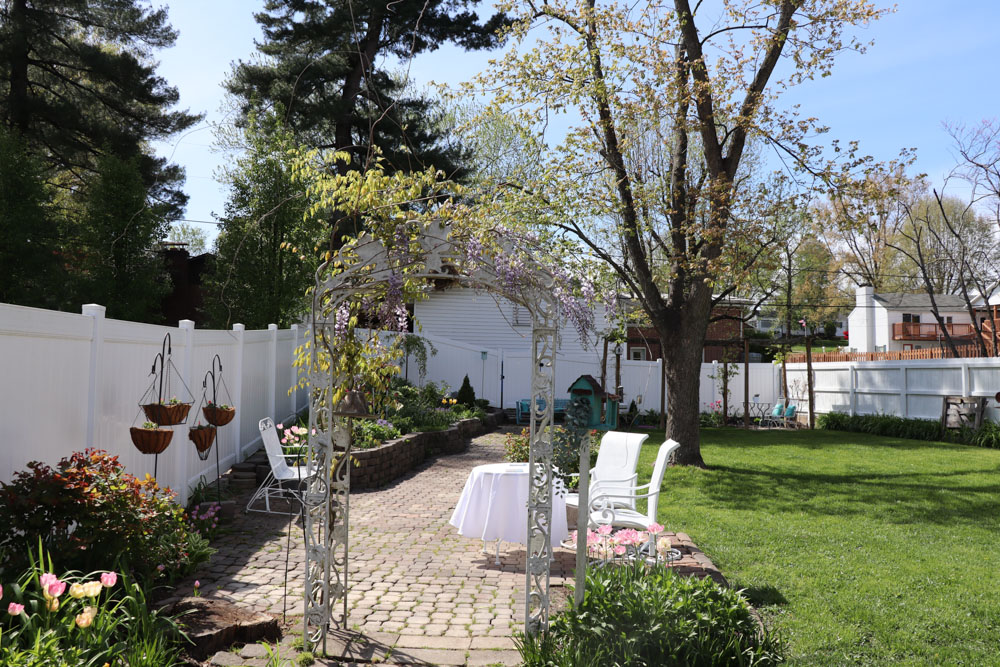



This is the American Wisteria and it is not thick and very young, just beginning to wrap around the post.
2019
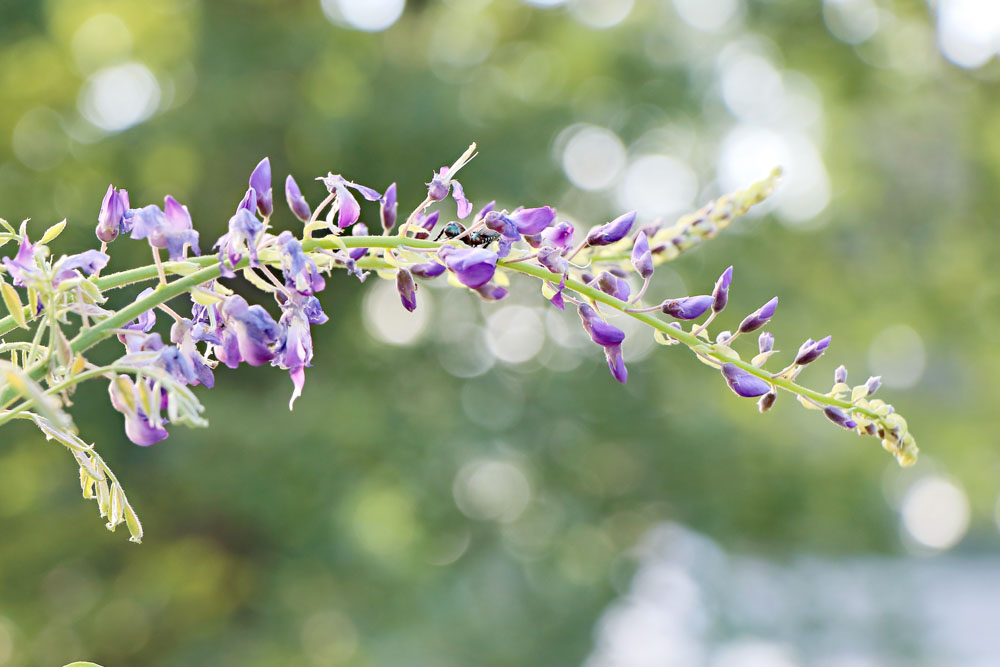

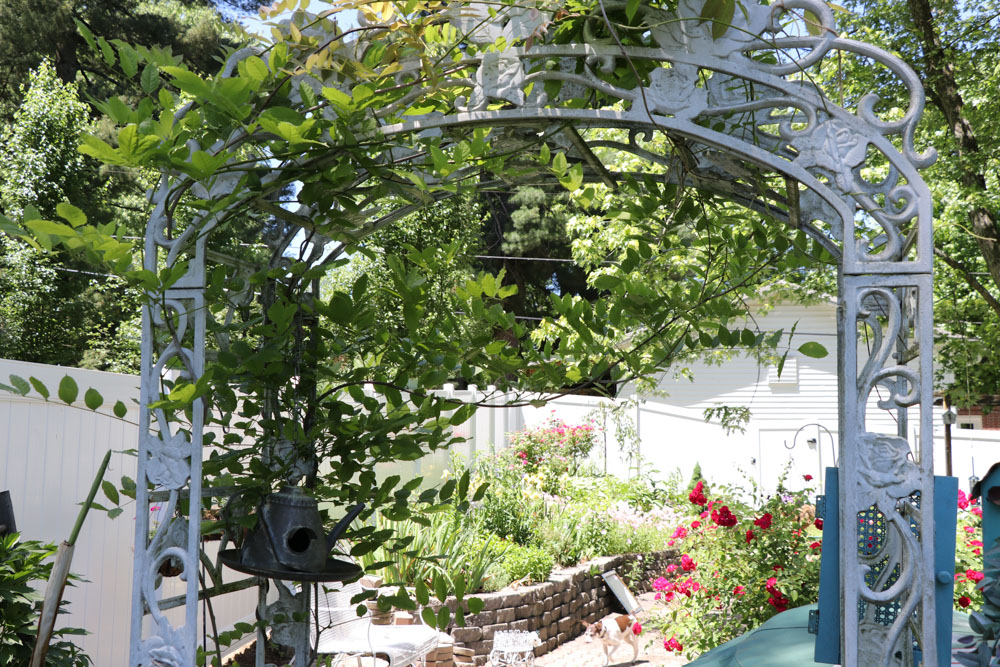
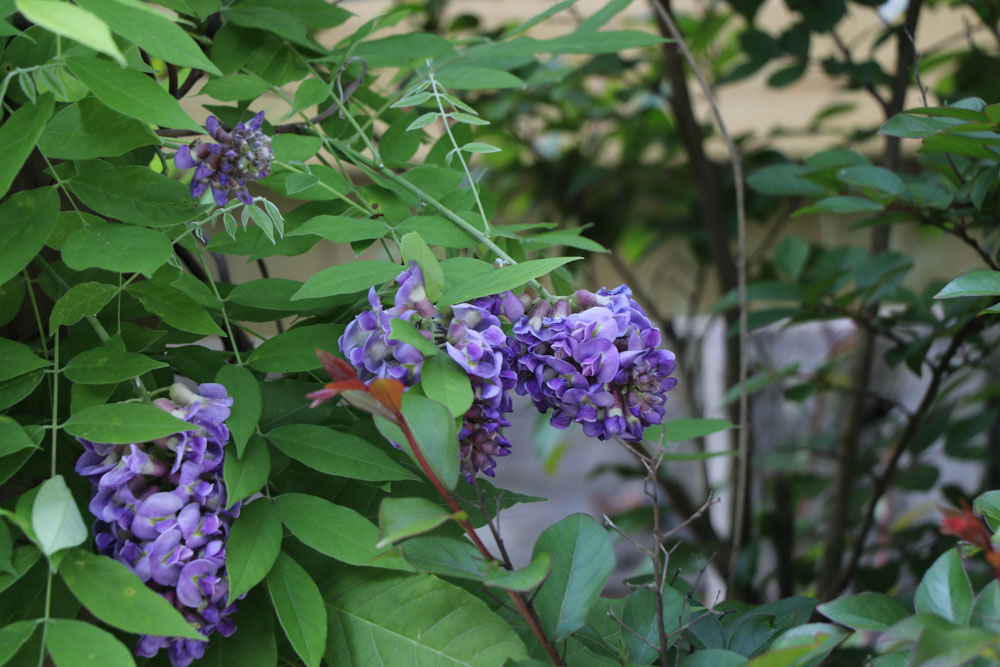
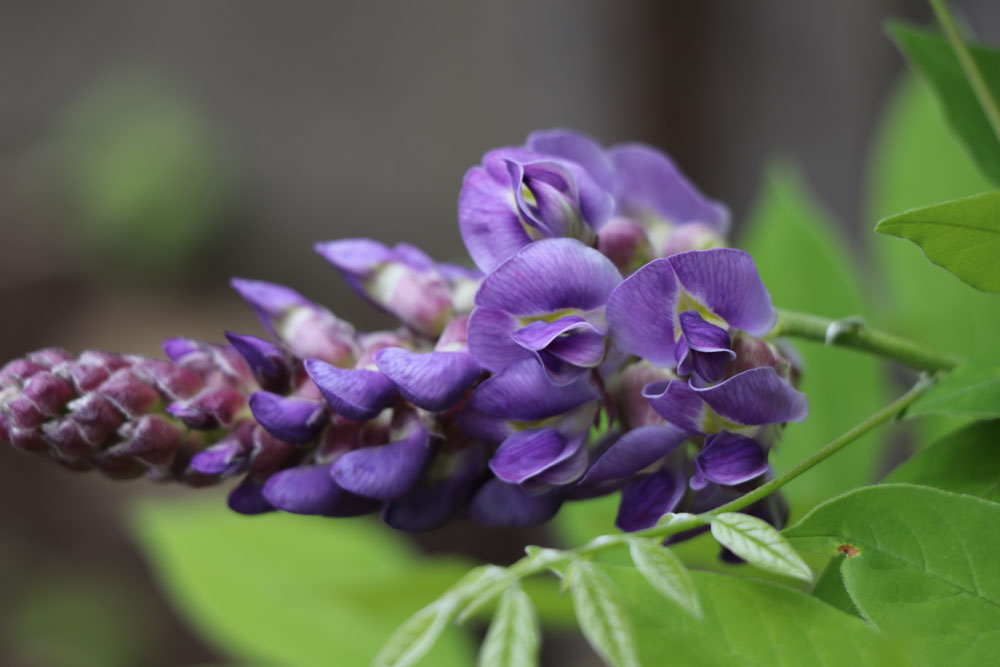
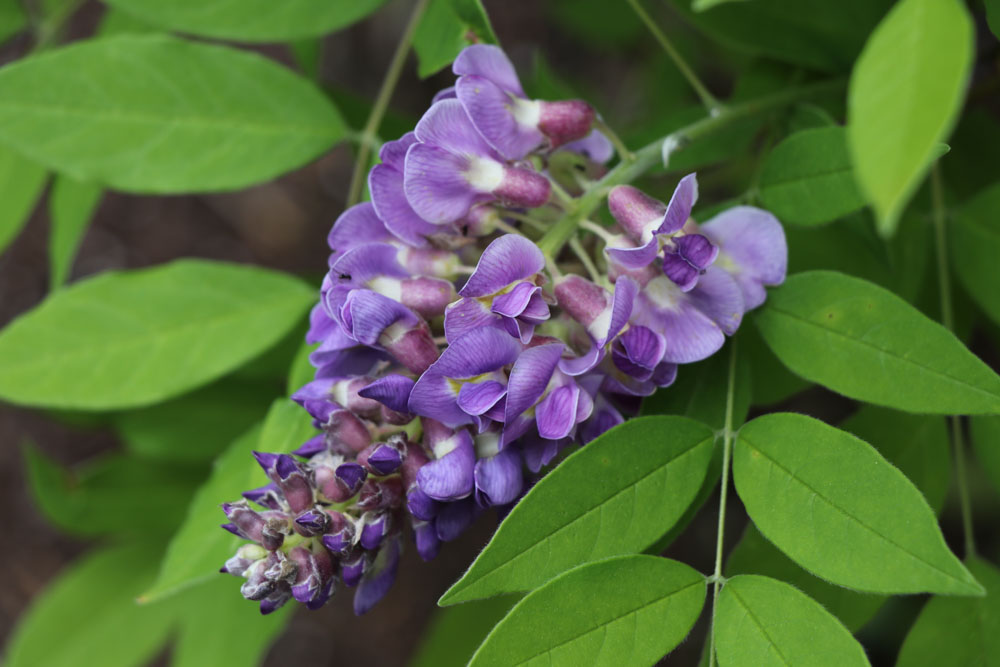
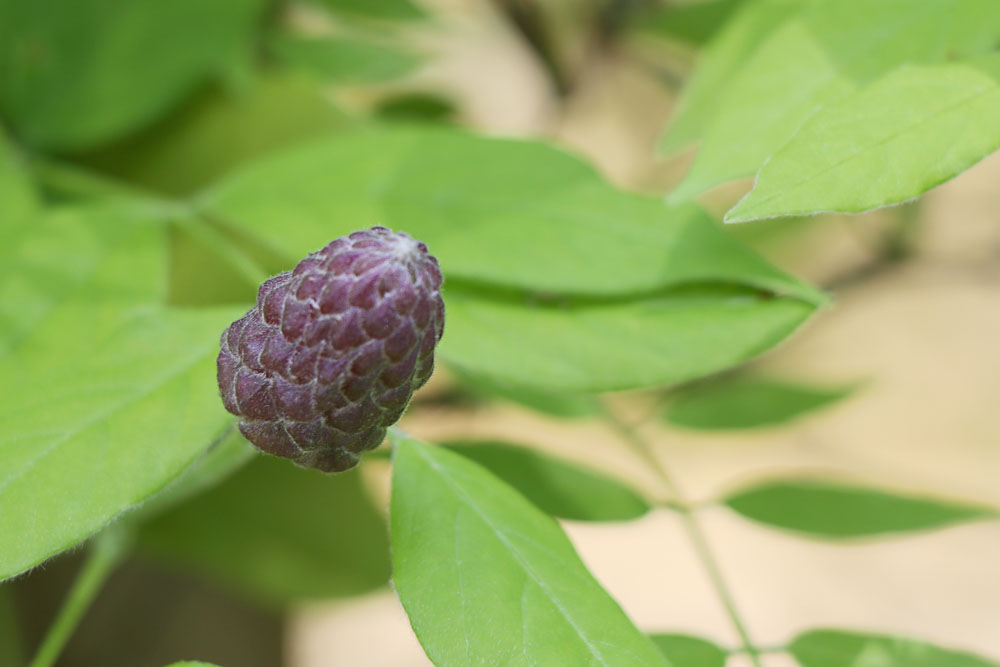
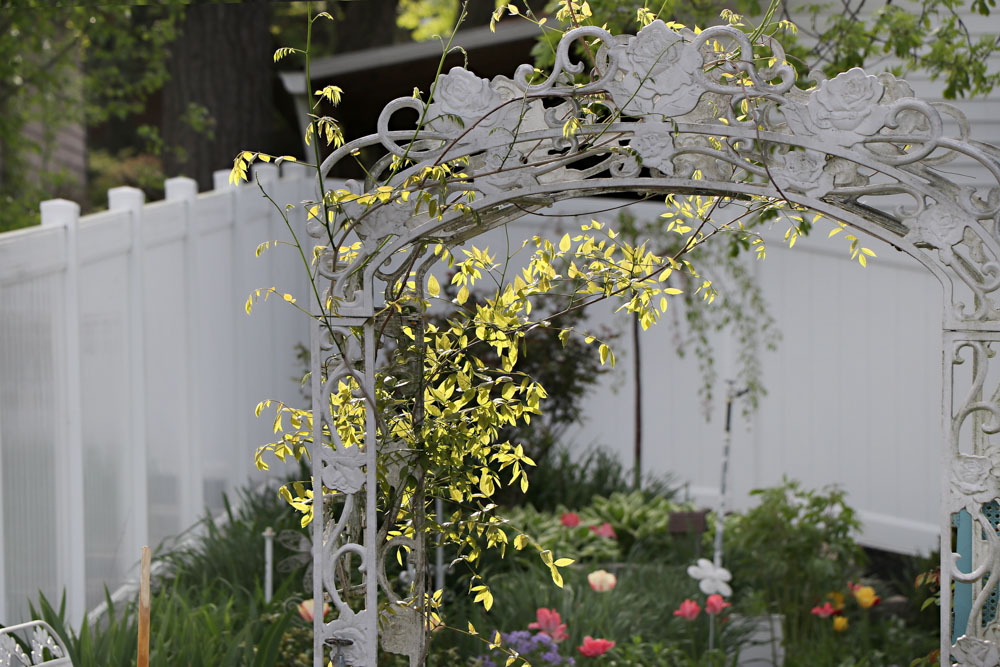

2018
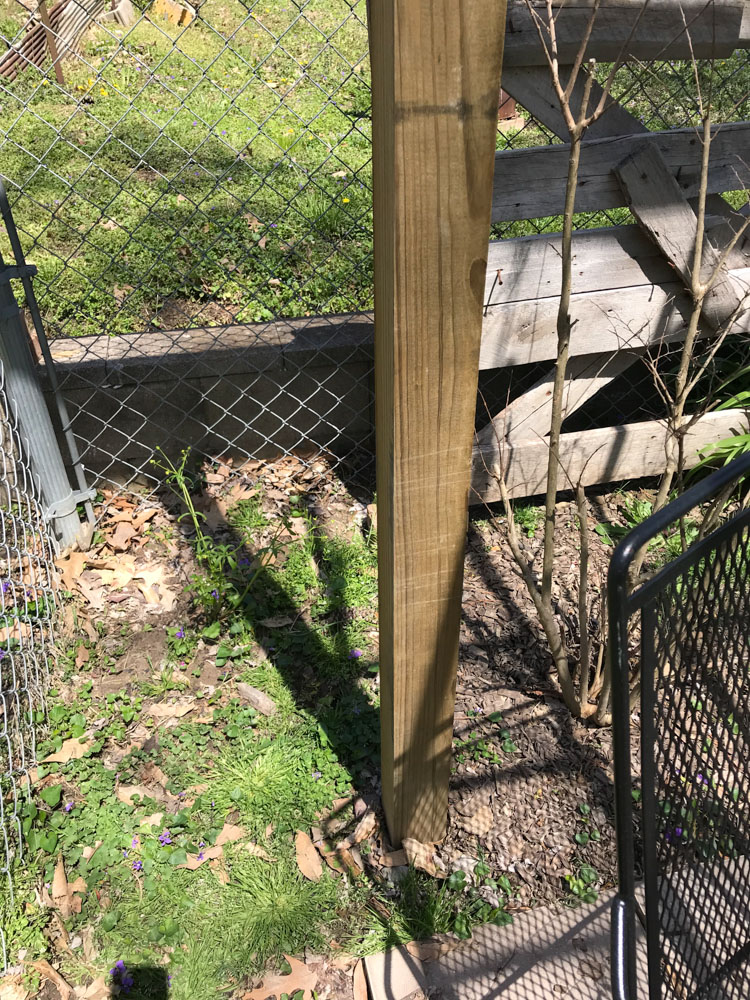
This shows when the pergola post went into the ground and there was no Wisteria there yet, but the Crepe Myrtle was there.
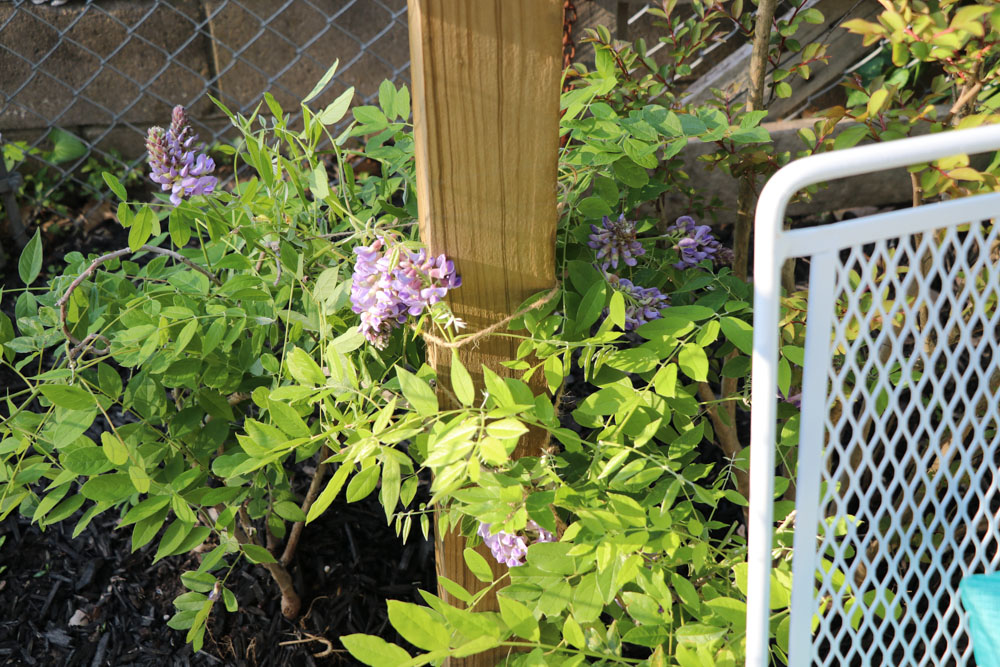
Here is is growing!
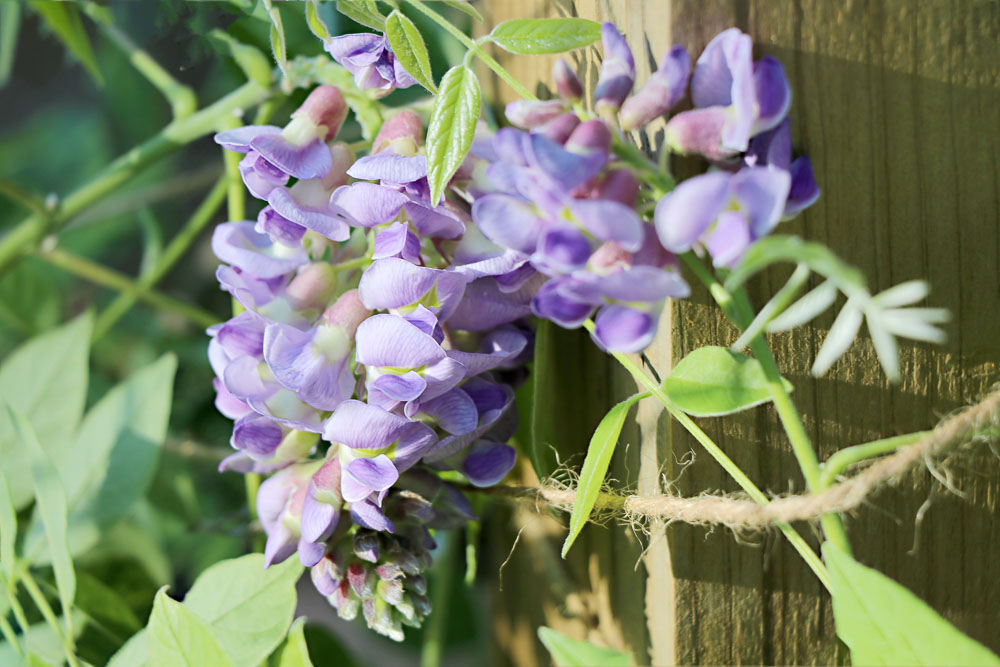
First blooms are SO low on the pole.
